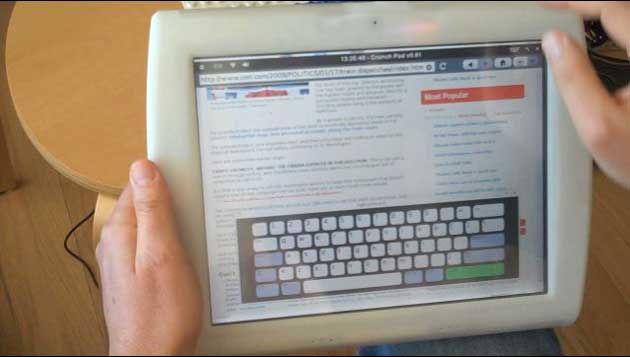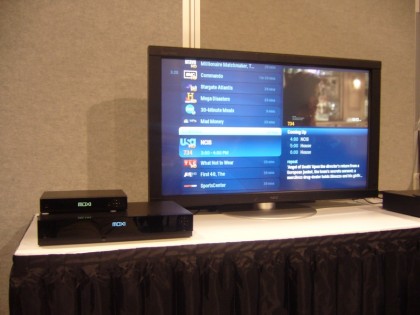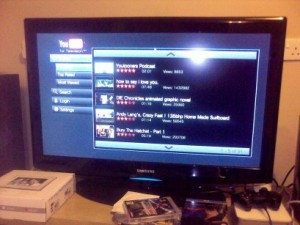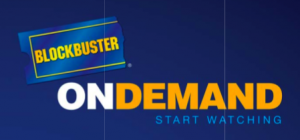
Six months on from TechCrunch editor Mike Arrington’s stated mission to create a “dead simple and dirt cheap touch screen web tablet to surf the web” and the first fully working prototype has been unveiled.
The device, which is now being called the ‘CrunchPad’, sports a 12 inch resistive 4:3 touchscreen, Via processor and 4GB of storage, virtual on-screen keyboard and is powered by a version of Linux and a custom WebKit browser. It’s primary use is for surfing the web, perhaps while watching TV “so you can look up stuff on Wikipedia or IMDB as you channel surf”, writes Arrington. Or as another means to consume online video (“on Hulu or Joost or wherever”) and other content, as well as check email or access other web services such as Google Docs.
See also: How do you use your Netbook?
In other words, just like existing Netbooks, the CrunchPad is designed for the Cloud, in which our data and applications increasingly reside on remote servers, accessible through a standard web browser. Continue reading »

 Perhaps taking a leaf out of the
Perhaps taking a leaf out of the 
 In a bid to play catch up with the likes of Apple, Netflix, Sony and Microsoft, video rental chain Blockbuster has signed a strategic partnership with Sonic Solutions, owners of the video download store CinemaNow. The move is designed to accelerate the company’s move into online video by pooling the two companies’ digital movie libraries, as well as tapping into CinemaNow’s existing ecosystem of supported devices, which includes portable media players, Blu-ray Disc players, personal video recorders (PVRs), set-top boxes, mobile phones and Web-connected television sets.
In a bid to play catch up with the likes of Apple, Netflix, Sony and Microsoft, video rental chain Blockbuster has signed a strategic partnership with Sonic Solutions, owners of the video download store CinemaNow. The move is designed to accelerate the company’s move into online video by pooling the two companies’ digital movie libraries, as well as tapping into CinemaNow’s existing ecosystem of supported devices, which includes portable media players, Blu-ray Disc players, personal video recorders (PVRs), set-top boxes, mobile phones and Web-connected television sets.  A report on Macrumors (my favourite Apple rumor site) observes that the company appears to have relaxed its iPhone App Store policy in relation to third-party web browsers. It was thought that, until now, competitors to Apple’s own Mobile Safari weren’t being approved on the basis that they “duplicate functionality” or compete with Apple’s own offering. That may no longer be the case.
A report on Macrumors (my favourite Apple rumor site) observes that the company appears to have relaxed its iPhone App Store policy in relation to third-party web browsers. It was thought that, until now, competitors to Apple’s own Mobile Safari weren’t being approved on the basis that they “duplicate functionality” or compete with Apple’s own offering. That may no longer be the case. DivX looks set to continue to be the video format of choice for ‘grey’ content, with the company announcing that version 7 adds support for H.264 video and, more significantly, the Matroska (MKV) container.
DivX looks set to continue to be the video format of choice for ‘grey’ content, with the company announcing that version 7 adds support for H.264 video and, more significantly, the Matroska (MKV) container.